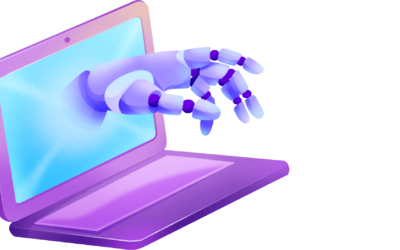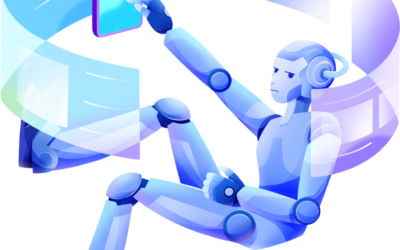- Personalized Learning:
- AI-driven platforms can curate personalized art lessons based on the learner’s preferences, pace, and progress. For instance, if a student shows an inclination toward watercolors, the system might offer advanced lessons and resources on that topic.
- Feedback and Analysis:
- AI tools can now provide immediate feedback on artworks. While they cannot replace human judgment, they can offer technical critiques regarding composition, color balance, and other foundational elements.
- Virtual Art Tutors:
- AI-driven virtual tutors or assistants can guide students through art projects, answering questions and providing suggestions in real-time.
- Augmented Reality (AR) and Virtual Reality (VR):
- AR and VR tools, often backed by AI, are being used in art education to create immersive art galleries or virtual art studios, allowing students to interact with art in novel ways or even create art in a 3D space.
- Content Curation:
- AI is helping educators curate art resources, lessons, and references from the vast amount of digital content available online.
- Pattern Recognition:
- AI tools can analyze vast numbers of artworks to identify trends, styles, and techniques, offering art history students insights that might have been overlooked by manual examination.
- Facilitation of Online Art Classes:
- With the rise of online education, especially post-COVID-19, AI-driven platforms help streamline the online learning experience, making it more interactive and engaging.
- Exploration of New Art Forms:
- AI itself is being used as a medium to create art. From AI-generated paintings and music to dance choreography, it pushes the boundaries of what’s possible in the art realm. Integrating these examples into art education can inspire students to think differently about art and technology.
- Addressing Accessibility:
- AI-driven tools can make art education more accessible. For instance, visually impaired students can use AI tools to get descriptions of artworks, or those with mobility challenges can use voice commands to manipulate digital art tools.
- Challenges and Critiques:
- While AI offers numerous advantages, it’s essential to approach it critically in the context of art education. Art is inherently human, subjective, and emotional. There are concerns that over-reliance on AI might diminish the human touch and individual creativity in art.
It’s worth noting that the integration of AI in art education is still in its nascent stages, and its full potential and challenges are yet to be fully explored. However, as AI technology becomes more advanced and accessible, its role in art education will likely expand.


